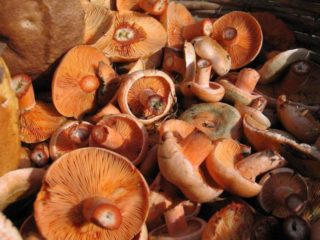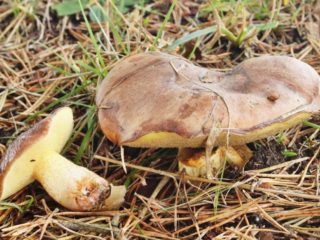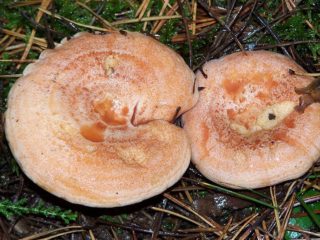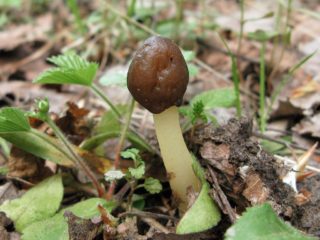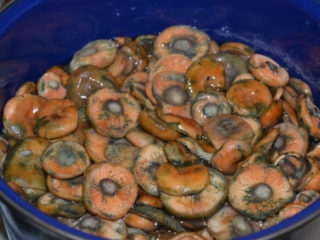Content
Not all mushrooms have fruiting bodies consisting of a stem and a cap. Sometimes you can come across unusual specimens that can even scare inexperienced mushroom pickers. These include Anthurus Archera, a representative of the Veselkov family, the genus Clathrus. Latin name: Clathrus archeri.
Also known as devil's fingers, Archer's flowertail, Archer's clathrus, cuttlefish, Archer's trellis.
Where does the Anthurus archer mushroom grow?
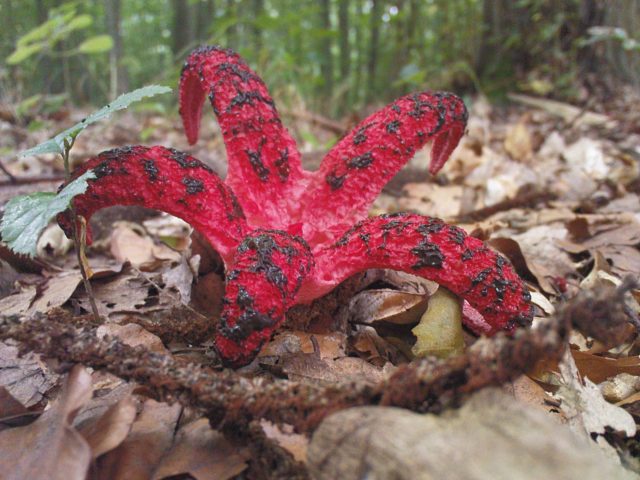
The mushroom is native to Australia
Today, this species can be found in almost every corner of the world, especially on the Eastern European continent. Anthurus Archer, the photo of which is presented in this article, was registered in countries such as Russia, Austria, Czech Republic, Australia, Bulgaria, Ukraine, Switzerland, Kazakhstan, Poland and many others.This specimen is also common in Africa and North America.
The favorable time for fruiting is the period from July to October. It is not common, but under favorable conditions this species grows in large groups. It grows in mixed and deciduous forests, and can also be located in parks or meadows.
What does Anthurus Archer mushroom look like?
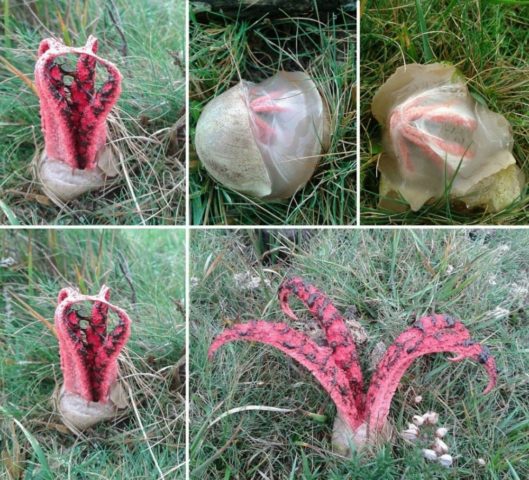
This specimen is a saprophyte that tends to feed on plant debris
At the initial stage of ripening, the fruiting body of Arthurus Archer is pear-shaped or ovoid, the size of which is 4-6 cm. Initially, it is covered with a white or gray shell with a brownish or pinkish tint. Under the peridium there is a mucous, jelly-like layer that emits an unpleasant aroma that protects the fetus from external negative influences.
In a section of Anthurus Archer in the initial stage, you can see its multilayer structure. The first top layer is the peridium, then the jelly-like shell, and below them is the core, which consists of a red receptacle. They are the future petals of the “flower”. In the central part there is a gleba in the form of a spore-bearing olive layer.
After the anterior rupture, the receptacle quickly develops, representing from 3 to 8 red lobes. Initially, they are connected to each other at the top, but gradually separate and bend outward. Their color varies from cream or pink to red-coral; in older specimens it fades and acquires faded tones. Subsequently, the fruiting body takes the shape of a star or flower with long petals, where the blades reach 15 cm in length.The inner side is covered with a mucous, spore-bearing mass of olive color, which dries out and turns black with age. There is no obvious stalk. It emits an unpleasant aroma for humans, but is attractive to insects, which, in turn, are carriers of spores. The structure of the pulp resembles a honeycomb, the consistency is soft, spongy and very brittle.
Is it possible to eat Anthurus Archera mushroom?
This species belongs to the category of inedible mushrooms. Due to the repulsive smell and unpleasant taste, it is not suitable for food.
Conclusion
Thanks to its unique appearance, Anthurus Archer cannot be confused with other gifts of the forest. Previously considered a rare specimen, but today the fruits are increasingly found in different parts of the world. However, there is no benefit from it. It has an unpleasant taste and pungent odor, and therefore has no nutritional value.


